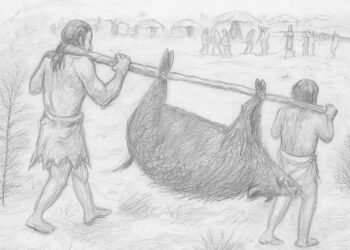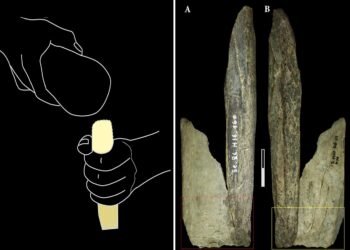Ban Chiang is an archaeological site located in the northeastern part of Thailand, near the border with Laos. The site is known for its prehistoric artifacts and pottery, which have been dated back to the Bronze Age, around 5,000 years ago.
The Ban Chiang site was first discovered in 1966 by an American anthropologist named Chester Gorman, who was conducting research in the area. Gorman noticed fragments of pottery and other artifacts that had been exposed by heavy rain, and he quickly realized the significance of the site.
Further excavation and study of the site revealed evidence of a sophisticated Bronze Age culture that had developed in the area, with skilled potters producing a wide variety of intricate and finely crafted pottery.
The site also contains evidence of early agriculture, including the cultivation of rice, as well as evidence of early metallurgy, including the production of bronze tools and weapons.

In recognition of its cultural and historical importance, the Ban Chiang archaeological site was designated a UNESCO World Heritage Site in 1992.
The site is open to visitors, with a museum on the grounds that displays many of the artifacts that have been excavated from the site.
Today, Ban Chiang is considered one of the most important archaeological sites in Southeast Asia and has helped to shed light on the early history and development of the region.






















